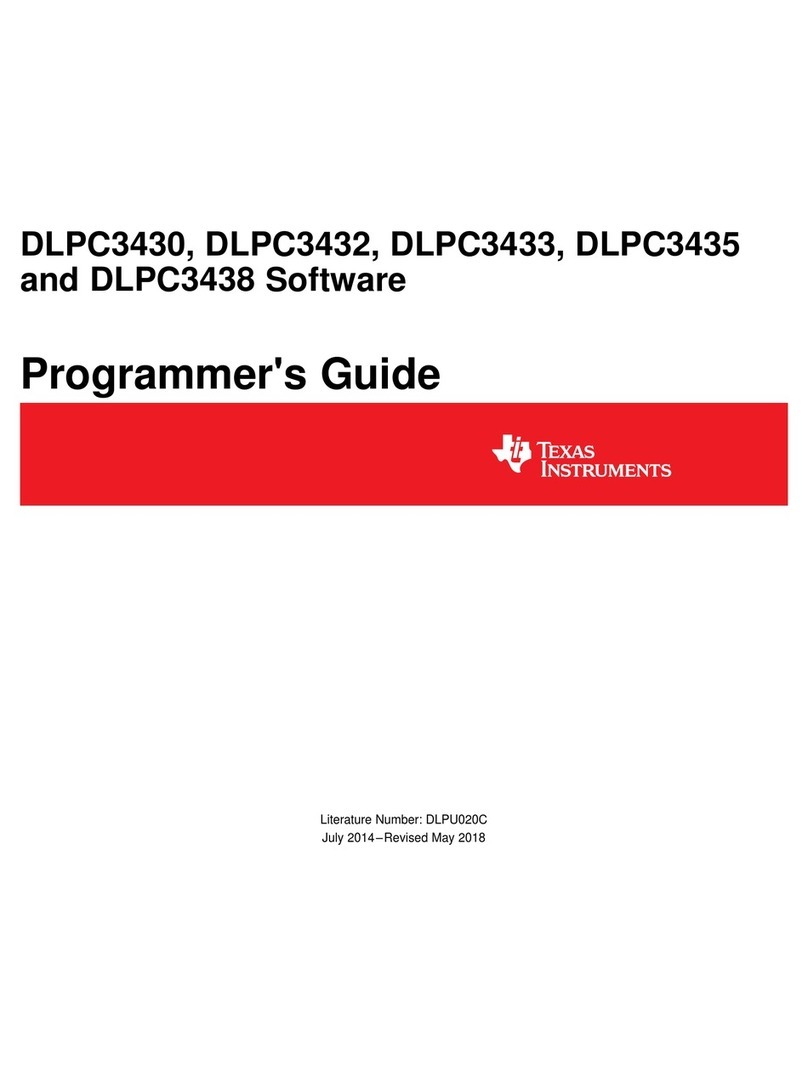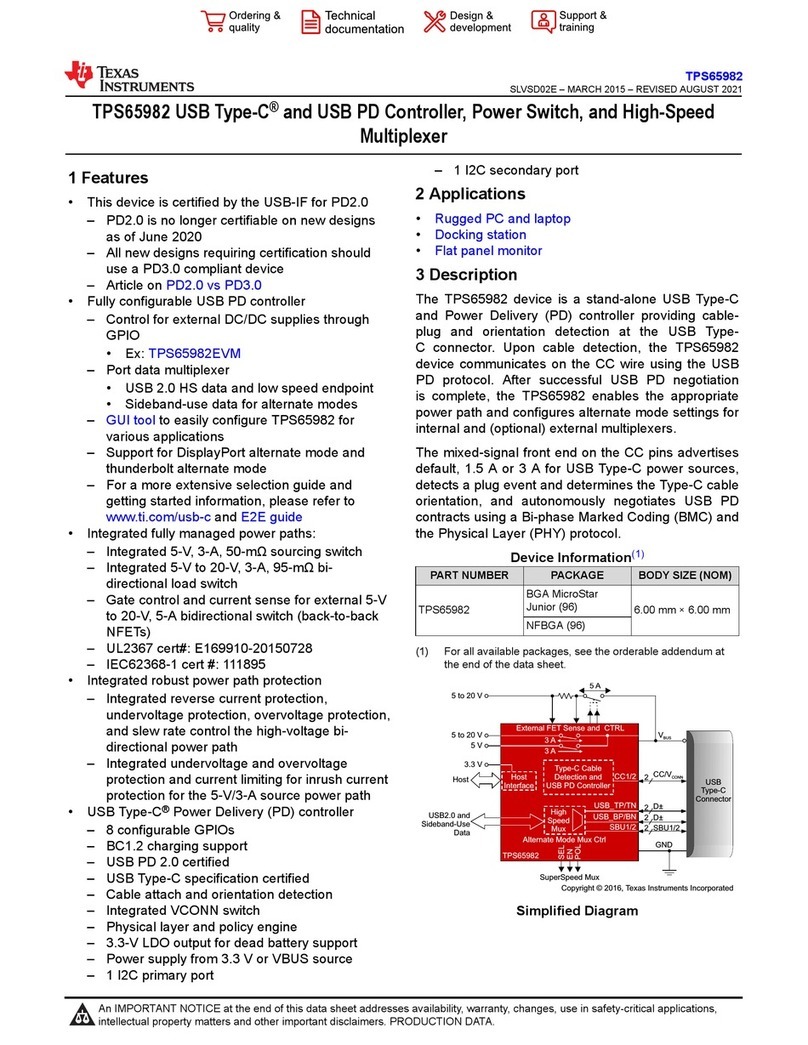Texas Instruments DRV8833 User manual
Other Texas Instruments Controllers manuals
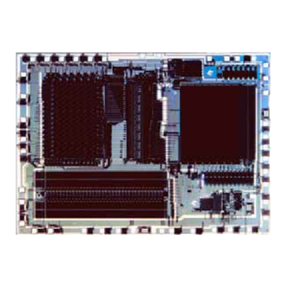
Texas Instruments
Texas Instruments TMS320C6000 DSP User manual
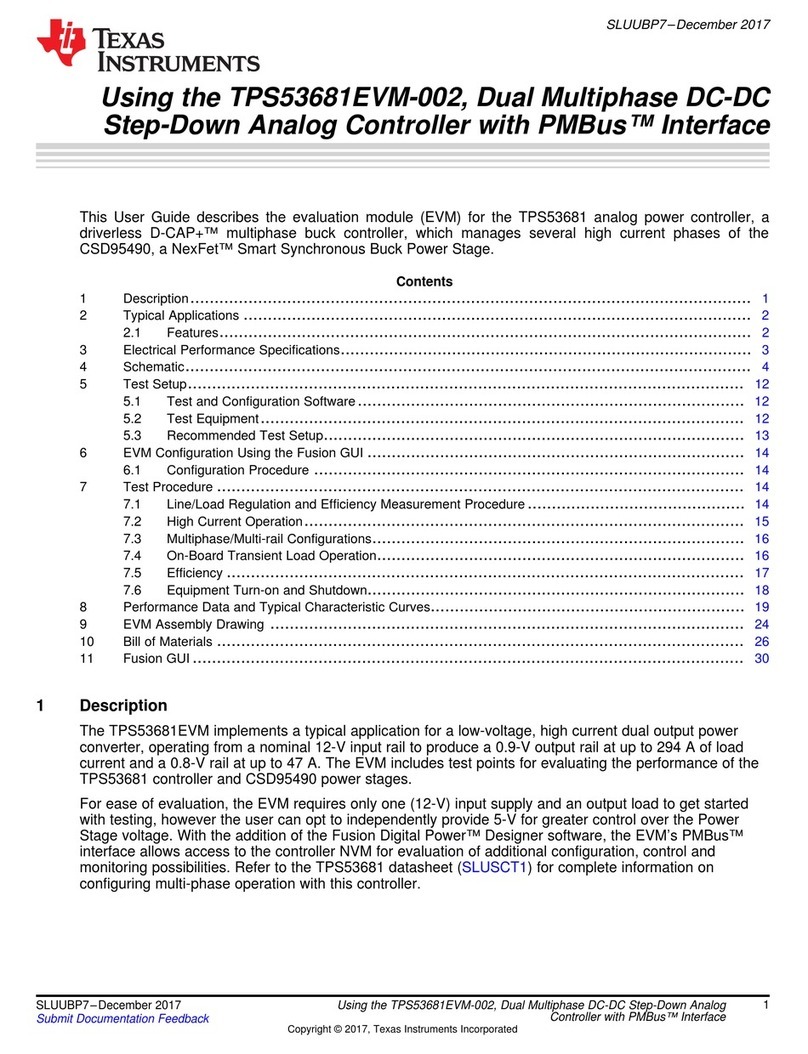
Texas Instruments
Texas Instruments TPS53681EVM-002 User manual
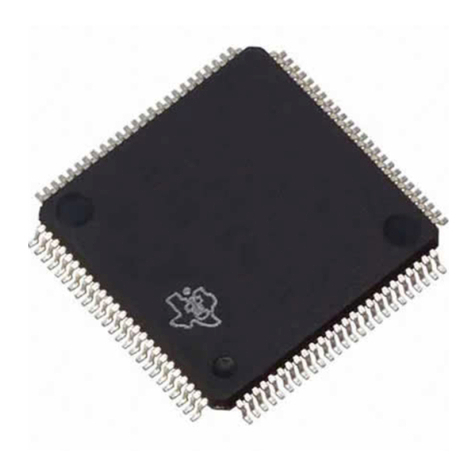
Texas Instruments
Texas Instruments TUSB2136 User manual
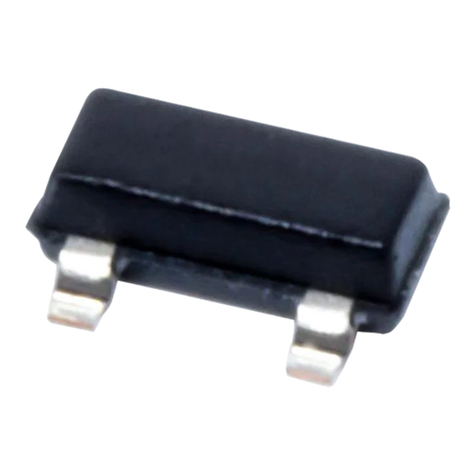
Texas Instruments
Texas Instruments LM4040A User manual
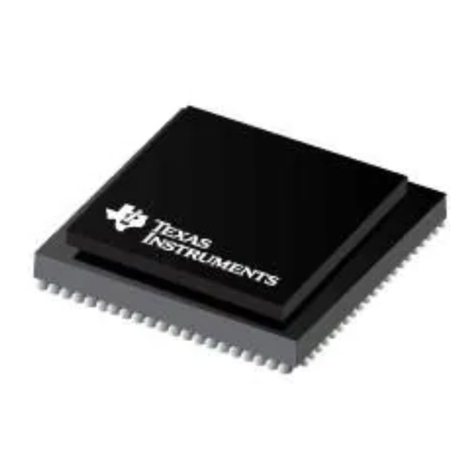
Texas Instruments
Texas Instruments TMS320C6452 DSP User manual
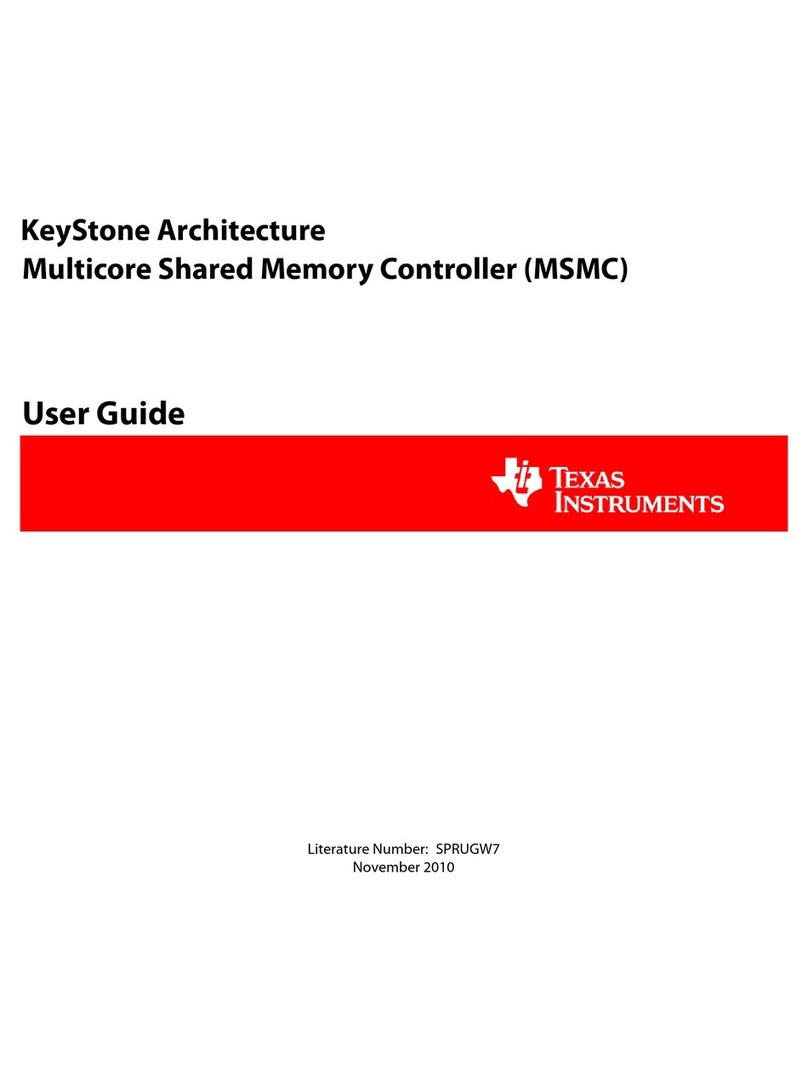
Texas Instruments
Texas Instruments MSMC User manual
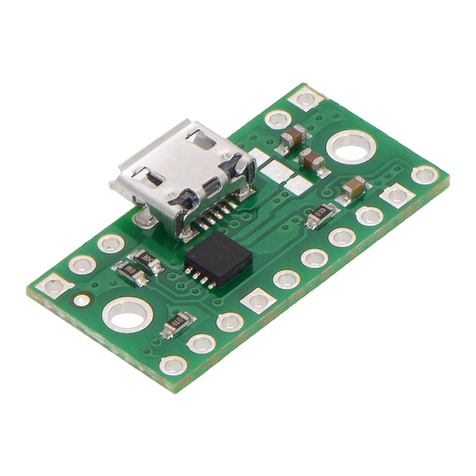
Texas Instruments
Texas Instruments TPS211 AEVM Series User manual
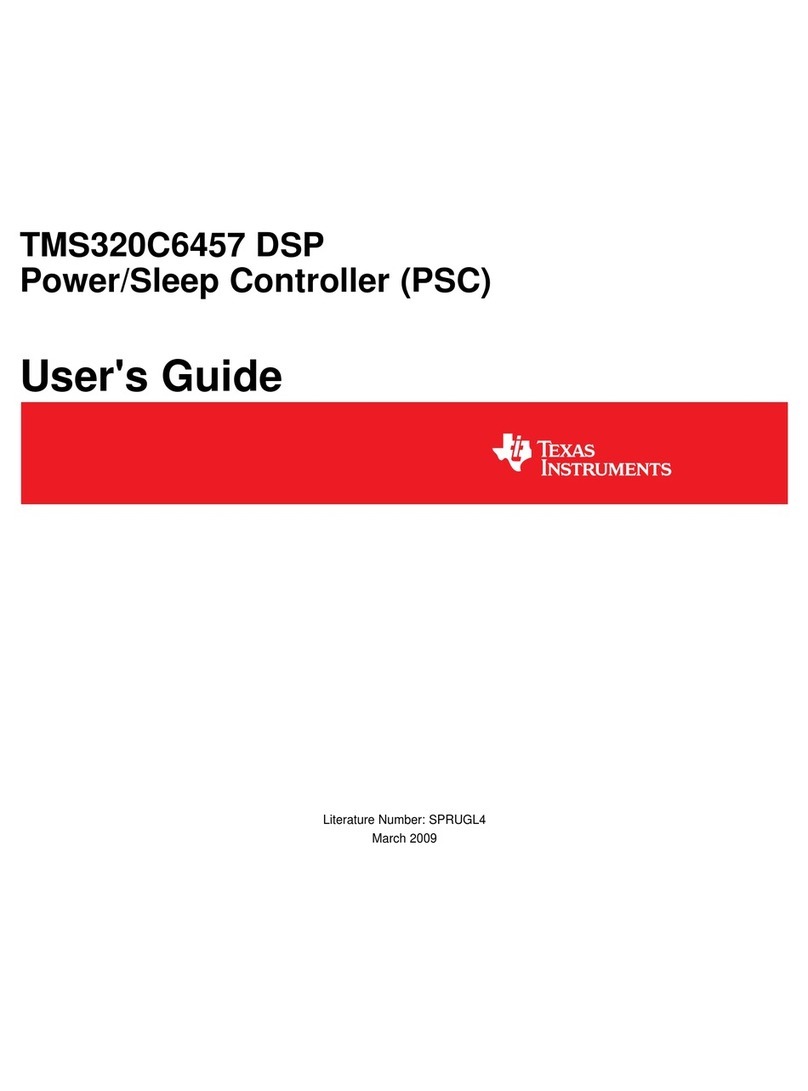
Texas Instruments
Texas Instruments TMS320C6457 User manual
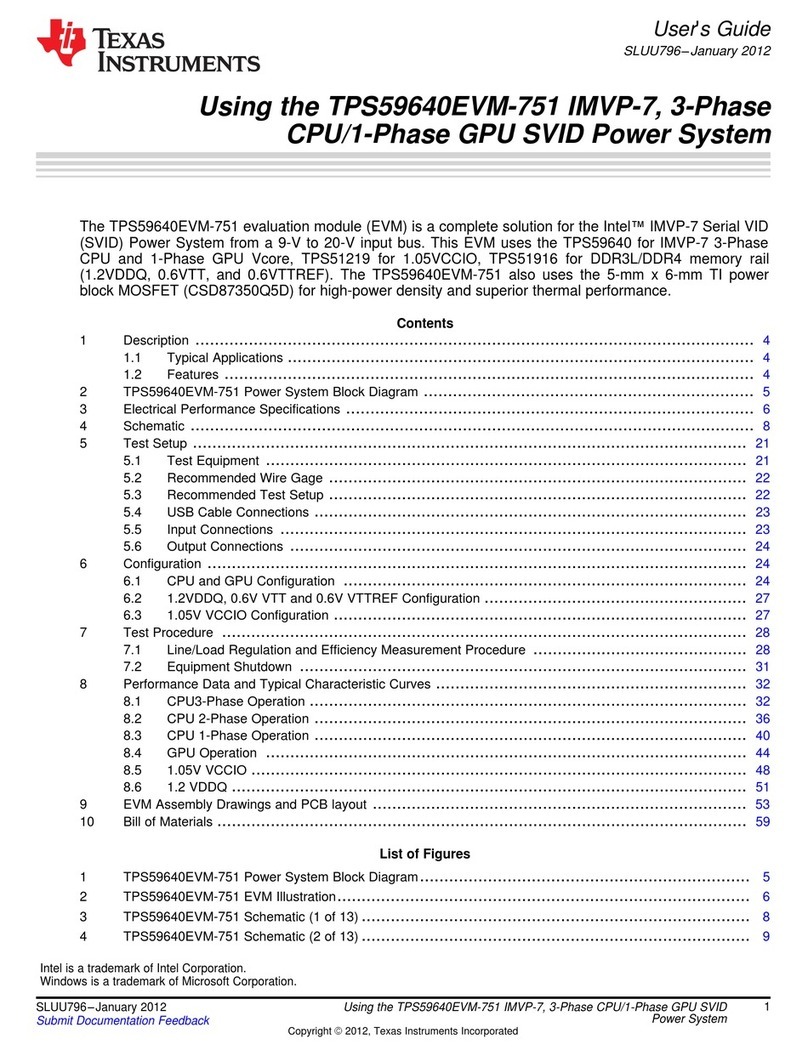
Texas Instruments
Texas Instruments TPS59640EVM-751 User manual
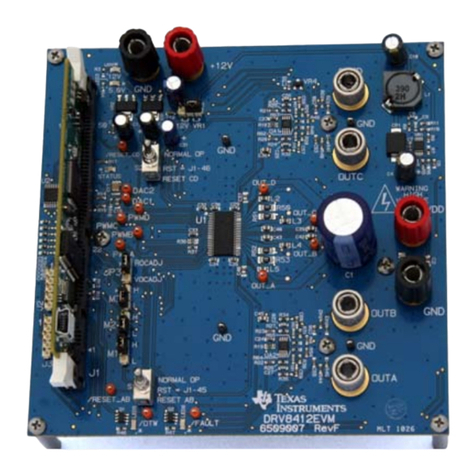
Texas Instruments
Texas Instruments C2000 Piccolo LaunchPad User manual
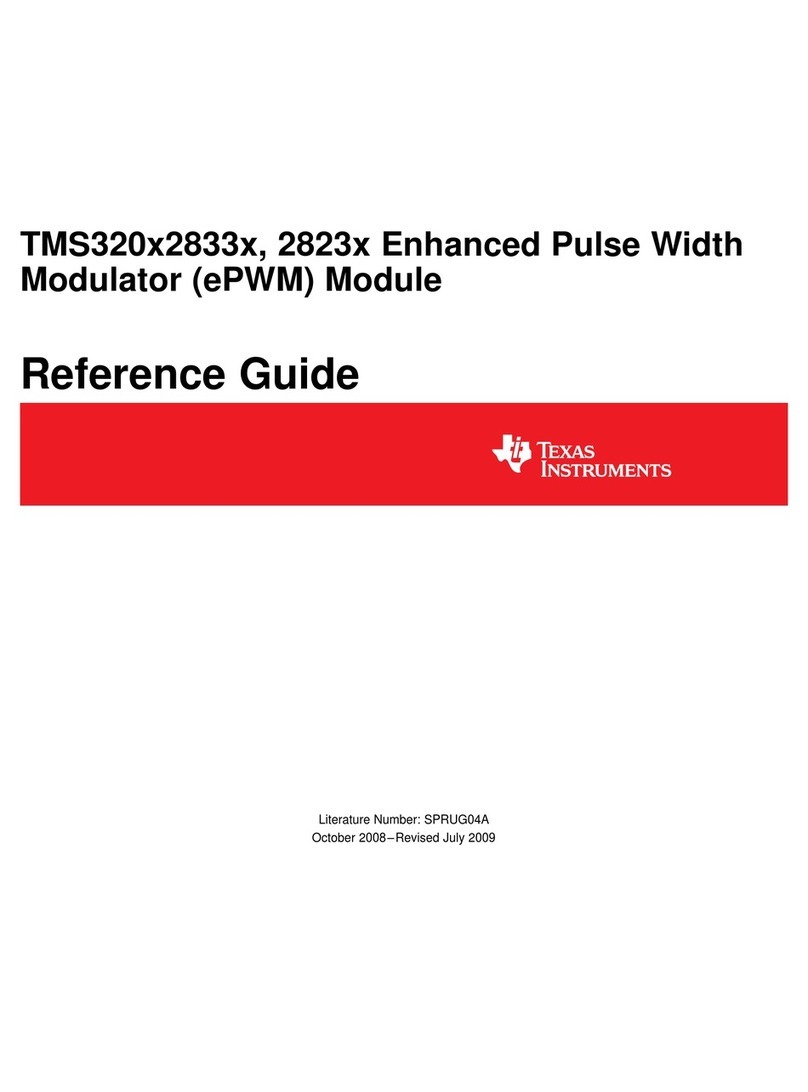
Texas Instruments
Texas Instruments TMS320x2833x User manual
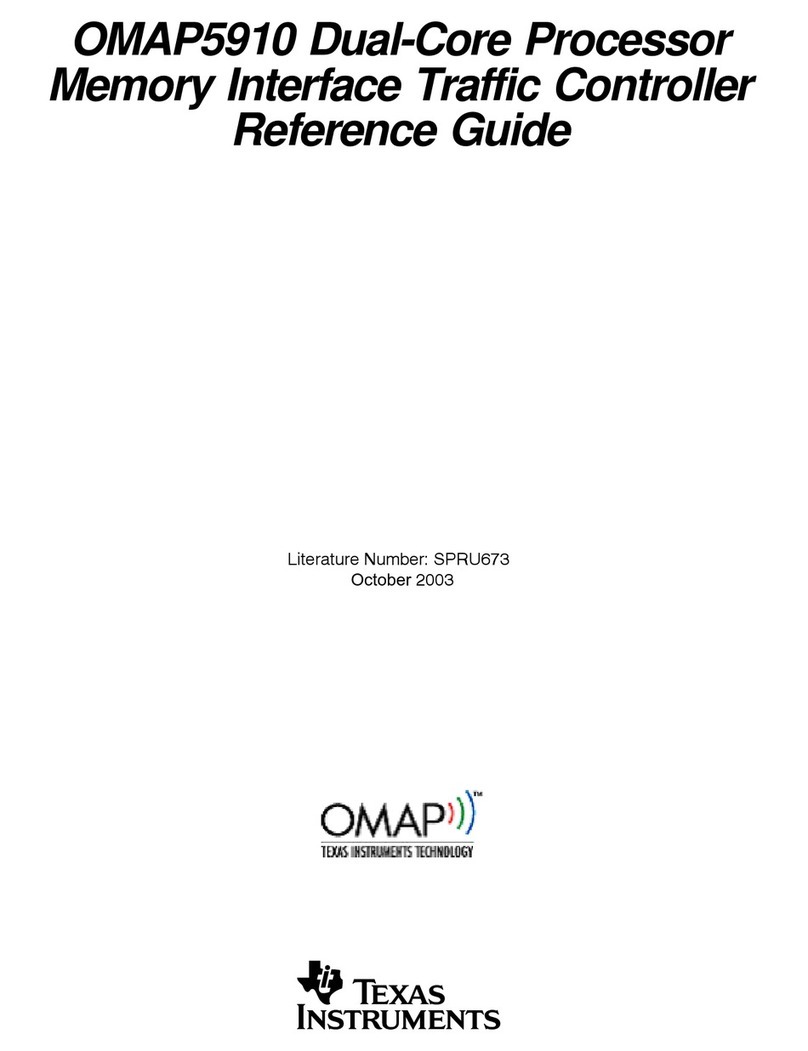
Texas Instruments
Texas Instruments OMAP5910 User manual
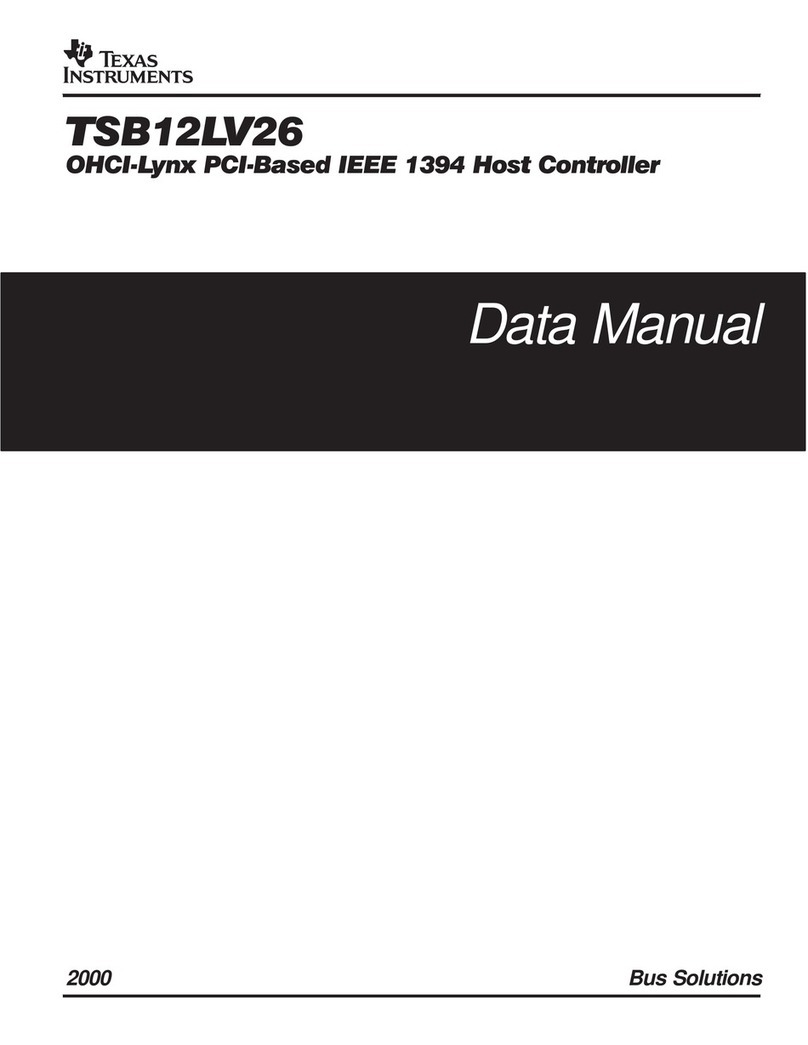
Texas Instruments
Texas Instruments TSB12LV26 Installation and user guide

Texas Instruments
Texas Instruments TMS320C6000 DSP User manual
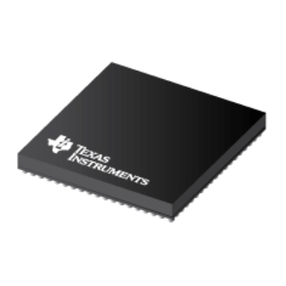
Texas Instruments
Texas Instruments TMS320DM357 User manual

Texas Instruments
Texas Instruments TPS53647 User manual
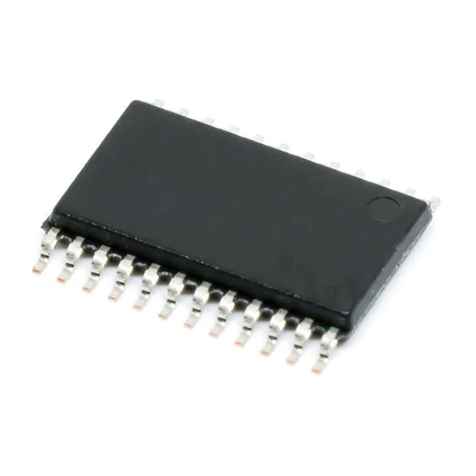
Texas Instruments
Texas Instruments TPS70351EVM User manual
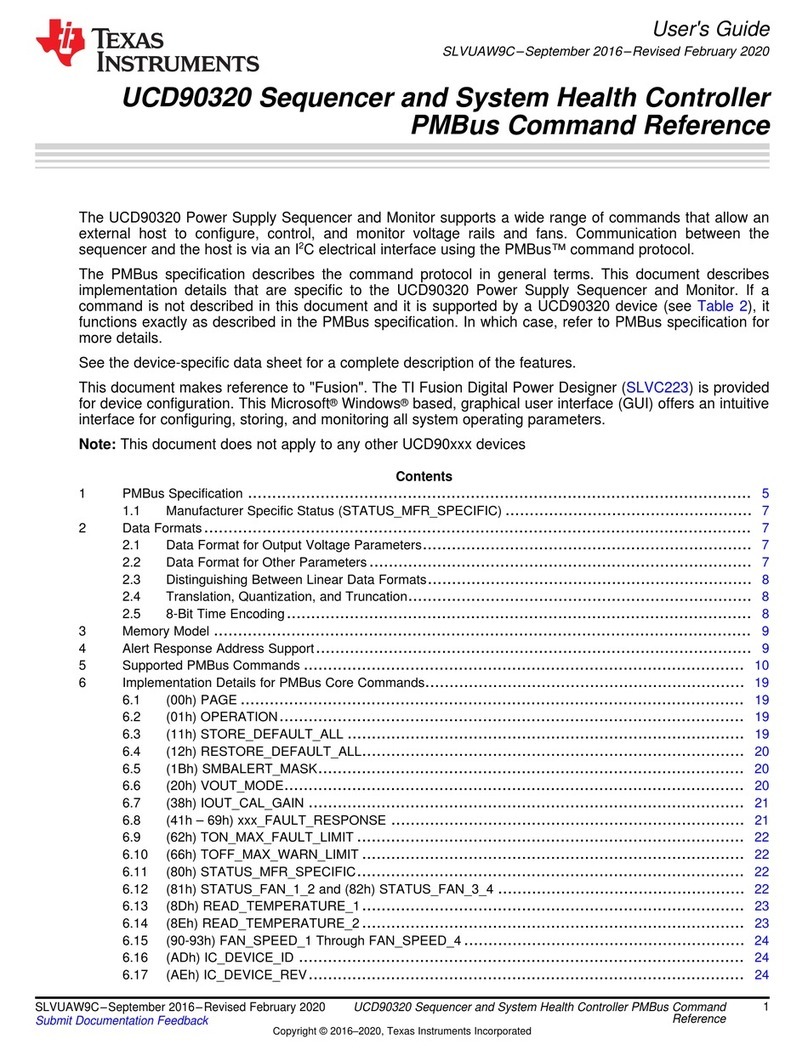
Texas Instruments
Texas Instruments UCD90320 User manual
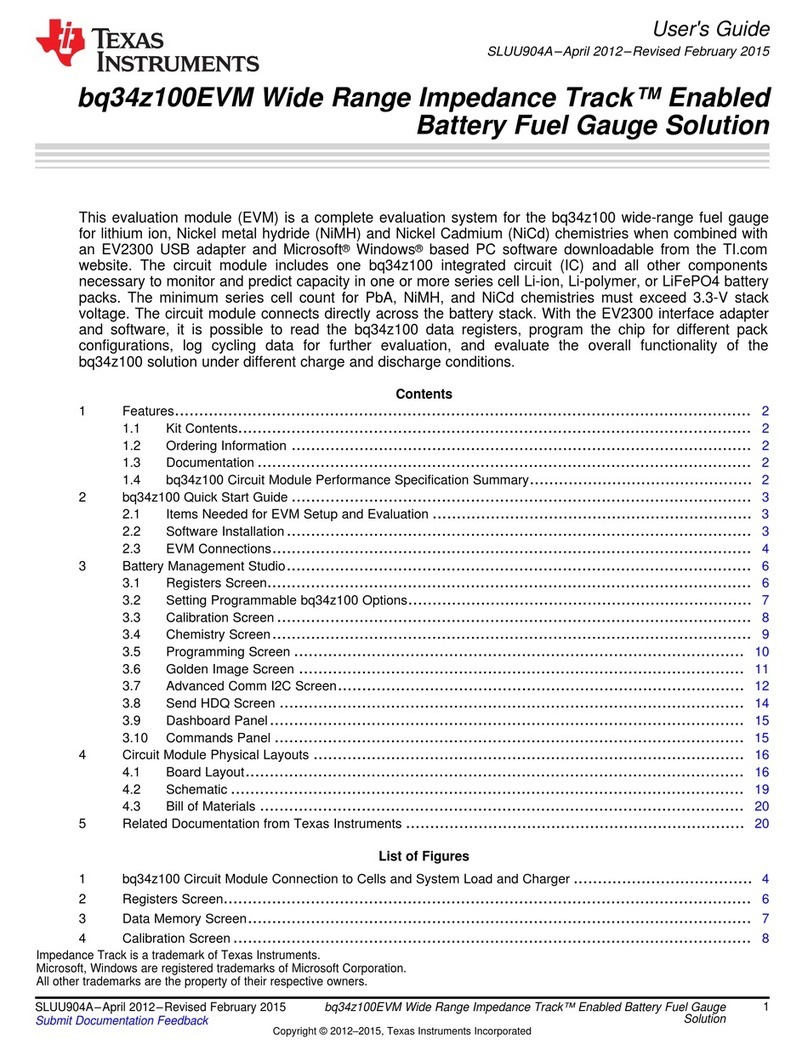
Texas Instruments
Texas Instruments bq34z100 User manual

Texas Instruments
Texas Instruments TUSB3200EVM2 User manual

